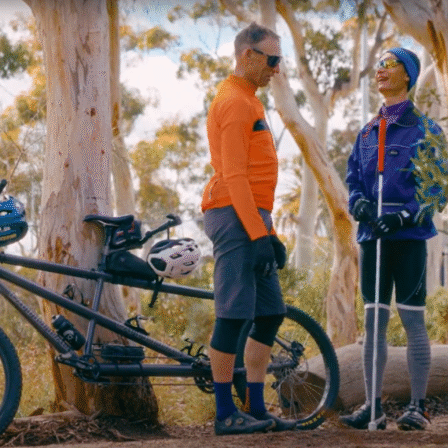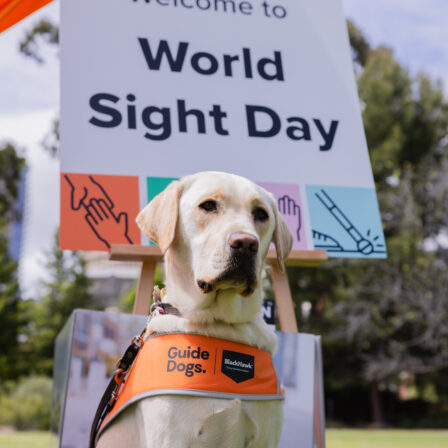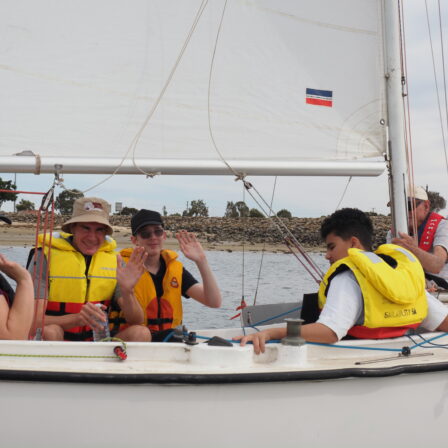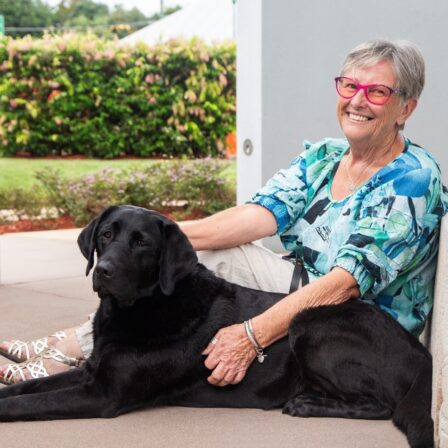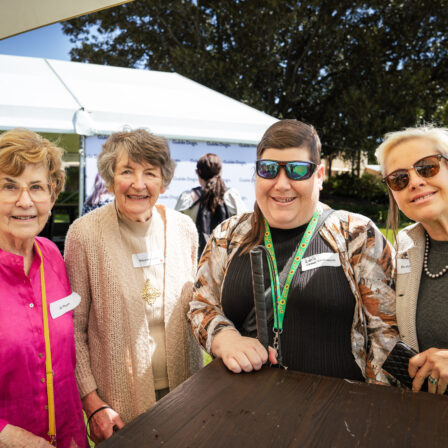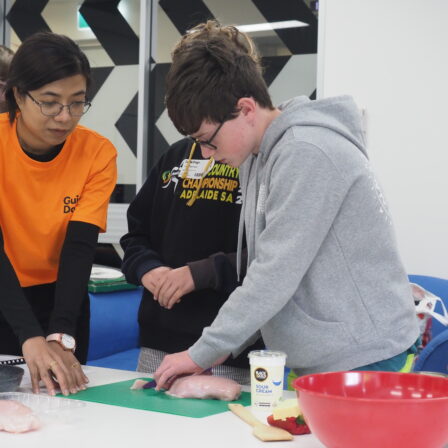News
Vision loss no barrier to sporting success
Sporting achievement is part of the soul of Australia. Over our history there have been many stories of how a Guide Dog has given confidence, mobility and independence to people to achieve in sport – whether that’s at the community or competitive level. Be inspired!
Born with deficient sight Jack McKnight knew he would eventually go blind but threw himself into any sport he could and as his eyesight deteriorated adapted how and what sport he played. He is quoted as saying ‘Danny, his guide dog, and I can walk anywhere.’
Jack was one of the first people from South Australia to travel to the National Centre in Kew to be trained in the use of the Ultra Sonic torch. He said that while it would not replace the Guide Dog it would increase environmental awareness.
Jack continued with his sporting activities even after his eyesight had deteriorated to the point where he needed a Guide Dog to assist him. He played pennant bowls at the Tranmere Bowling Club. In February 1967 he was invited to join a team by the Flying Bowlers at St Peters Bowling club in a fund raising charity day for Guide Dogs.
Everyone was impressed with the outcome of the day. The other bowlers with the amazing placement of Jack’s shots and Bevan Rutt, President of Guide Dogs, with the wonderful amount of funds raised, $1,164.98 which in 1967 was more than sufficient to cover the cost of training a Guide Dog.
In more current times we have champions in the sporting arena including Malcolm Penn, whose story we told earlier in the year. A keen sports follower and participant, Malcolm played 500 club games and nearly 100 State games for Blind Cricket SA He was also a participant in fun runs as a walker. He raised $11,000 by walking 400km from Mt Gambier to Adelaide in 1981.
The tradition has continued through to today with many people with vision loss participating in a multitude of sporting endeavours including lawn bowls, tenpin bowling, cycling, martial arts – the whole spectrum.

